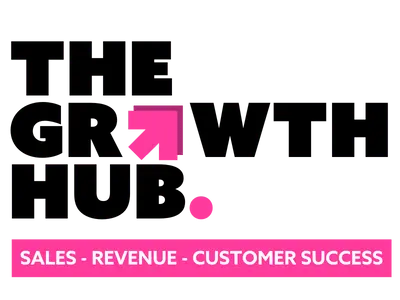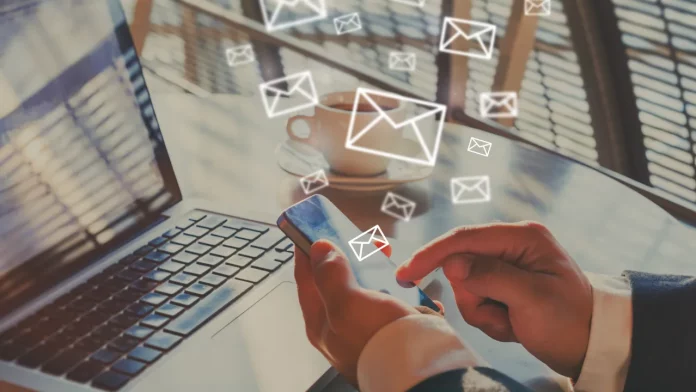Nobody likes spam emails. Your prospects don’t. You don’t. And your customers don’t. Therefore, you don’t want to send spam emails. However, emails remain one of the most powerful sales tools available.
Some salespeople today are reluctant to embrace cold emails, and outlaw-like salespeople who spam prospects give the profession a bad name. But it shouldn’t be that way. There is an art to sending cold emails, and there is a big difference between spam and a carefully crafted email. But how do you prevent emails from being classed as spam, and what constitutes spam?
The cold emailing grey area
First up, it’s not illegal to send business to business cold emails. GDPR champions will warn against it, but legitimate interest enables businesses to continue to communicate with people they’ve never spoken to as long as the person is relevant to your business, and it’s not their personal email address. Relevance is the grey area here – you need to prove that your product or service is a suitable thing for them. Good targeting solves that challenge.
Before you begin cold emailing anybody, make sure your sales team know the legal requirements – define what legitimate interest is to your business and ensure your sales team know about spam rules to avoid getting hit with fines.
How to prevent being classed as ‘spam’
As long as you comply with the spam rules, you can use email for cold sales outreach. Here’s what you need to know in order for your emails to avoid being classed as spam:
1. Avoid deceptive subject lines and don’t use capitals
Subject lines need to catch attention, but they also need to reflect the content of the email. Don’t opt for clickbait that has no relevance to the body of the email. You might get more clicks, but you’ll get worse engagement, and it’s deceptive. Additionally, don’t use capitals that create false urgency in your subject lines. For example, URGENT or CLAIM NOW. Spam filters pick up on these subject lines.
2. Provide the required opt-out link
You want to make sure that if someone doesn’t want to receive any more emails from you then they can easily opt out. This is a legal obligation. If someone does unsubscribe, then make sure they never get emailed again! You could also have an email preferences page so your prospects can choose what kind of emails they receive from you.
3. Stick to opt-out requests
As mentioned above, if someone does opt-out and unsubscribe, make sure they are removed from your list. If you are using a CRM system, you can do this automatically.
4. Be open and transparent about who you are
Don’t be tempted to change the information in your ‘from’ or ‘reply to’ fields. Make sure they are accurate, from a real person, and not misleading. Additionally, include your business information in your signature, so there is proof you are a legitimate business with a physical address and website.
The main difference between spam and cold emails
A good cold email should be personalised and relevant. Perfecting the art of cold emails takes trial and error, but typically provides clear value, uses friendly language, and demonstrates an understanding of the prospects’ business needs.
On the other hand, email spam is generic, impersonal, and often automated. It appears to spam filters as sent from a non-human. It’s also typically sent on mass to contacts who haven’t been researched properly beforehand. Furthermore, it also typically includes clickbaity subject lines.
Perfecting cold emails is a valuable weapon for any salesperson. Just make sure you follow this guidance to ensure you are sending complicit emails and avoiding ending up in spam folders or, worse, facing legal complaints.




